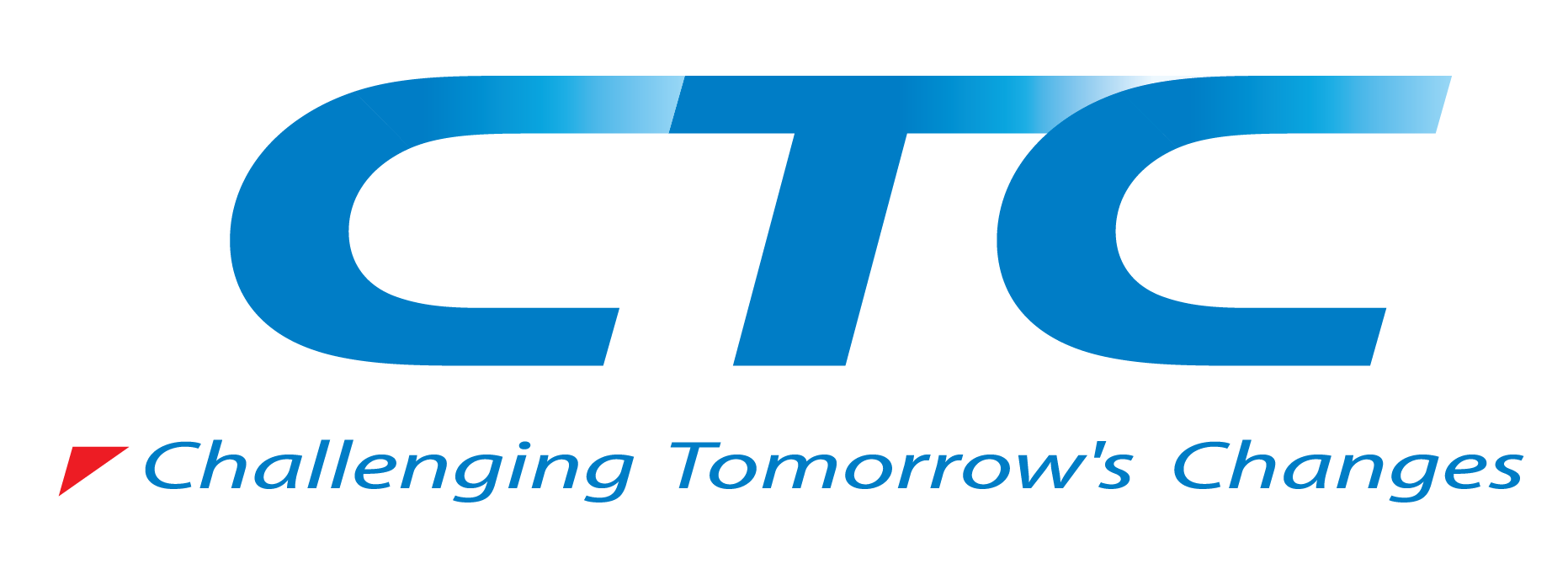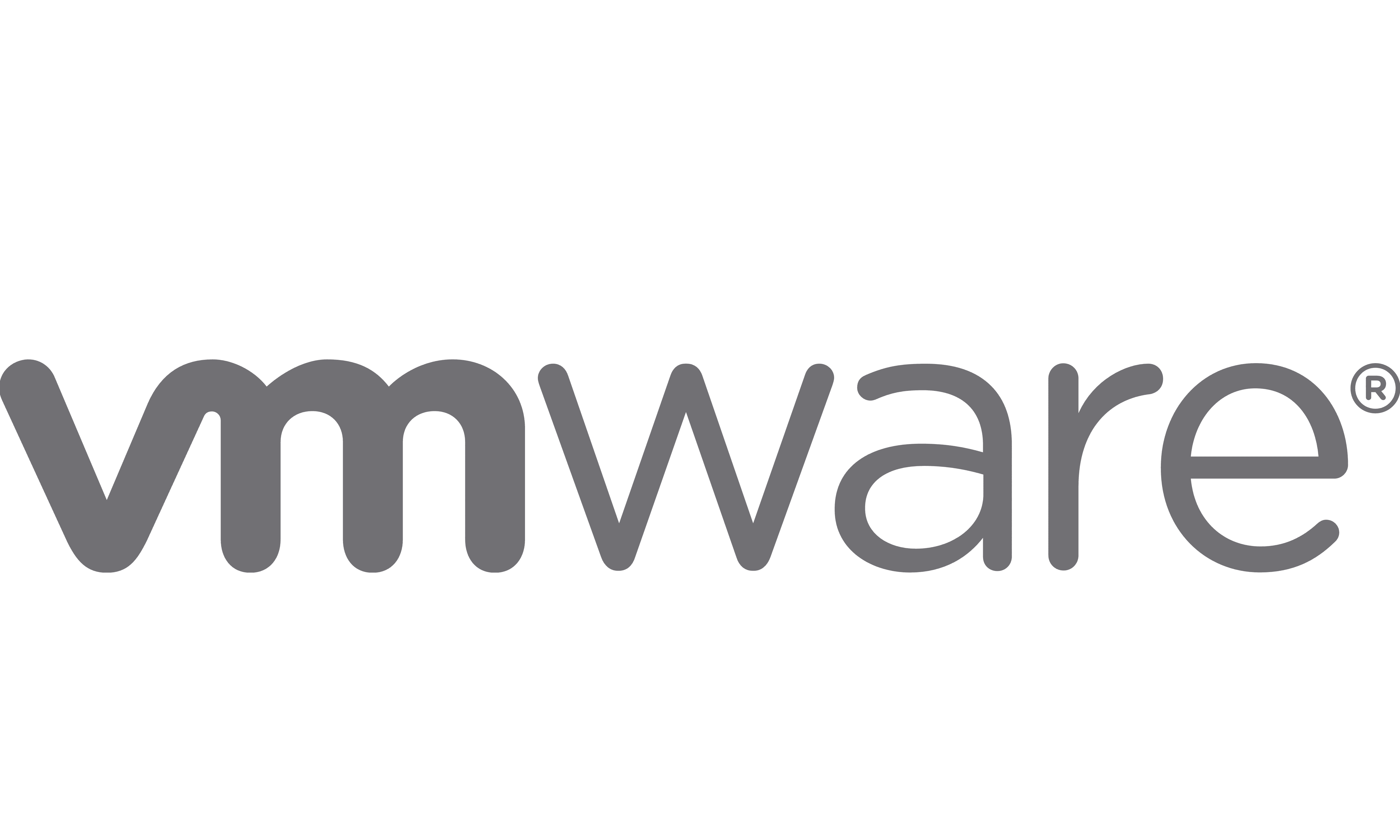Management & Monitoring
For an organisation’s information technology, infrastructure management (IM) is the management of essential operation components, such as policies, processes, equipment, data, human resources, and external contacts, for overall effectiveness. Infrastructure management is sometimes divided into categories such as systems management, network management, and storage management. Infrastructure management products are available from a number of vendors.
Among other purposes, infrastructure management seeks to:
• Reduce duplication of effort
• Ensure adherence to standards
• Enhance the flow of information throughout an information system
• Promote the adaptability necessary for a changeable environment
• Ensure interoperability among organisational and external entities
• Maintain effective change management policies and practices
Although all business activities depend upon the infrastructure, planning and projects to ensure its effective management are typically undervalued to the detriment of the organisation. According to IDC, investments in infrastructure management have the largest single impact on an organisation’s revenue. Therefore, these highlights that a badly managed infrastructure will have long-lasting and adverse impacts to the overall delivery of infrastructure capabilities which directly impacts business. However, organisations today still struggle between having multiple management tools to manage their infrastructure versus streamlining these tools to maximise their operation; some even require a single pane of information to allow fast delivery in terms of provisioning, fault resolution, preventive maintenance, all managed by a very lean support team.
CTC Global Singapore Offerings
• Infrastructure Monitoring
Enterprises are generally reliant on the monitoring tool provided by the principal vendor and rarely mix varied brands in order to address actual computing requirements versus financial spending. However, these tools are restrictive to the particular product and not able to proficiently and adequately provide an overall landscape of the infrastructure. Other available tools may require purchasing of multiple modules, which leads to multiple databases just to bridge this gap. However, such tools are slowly moving towards a one-stop solution and therefore will be able to import various Management Information Base (MIB) files and interact on SYSLOG and SNMP port, thus allowing varied devices to communicate and report the status. From the information gathered, real-time analytics and even predictive analytics can be achieved.
CTC Global Singapore has vast knowledge in this field, and enterprises can gain rich insight and professional consultancy in how to best monitor their assets and bring out the true value from this collective information to further enhance either IT operations and delivery or even to their overall business operation.
• Asset Management
From CTC Global Singapore’s multiple engagements with various customers over varied industries, it has been found out that although asset management is considered as one of the crucial components in an organisation (from compliance, financial and operational standpoints), it most still heavily depends on the manual collection, verification, and updating into a pseudo automated system, normally into a database of sorts. However, on certain occasions, when an internal auditor explores the compliance of software assets, the IT would need a relatively longer time to gather and verify the information.
Yet, assets are never restricted to digital or networked assets. Most organisations would need to track all valued assets for auditing purposes. With CTC Global Singapore’s rich knowledge on how to better manage your assets and to systematically start tracking your assets, immense savings on time and effort of your IT personnel is achieved through your engagement with us.
















